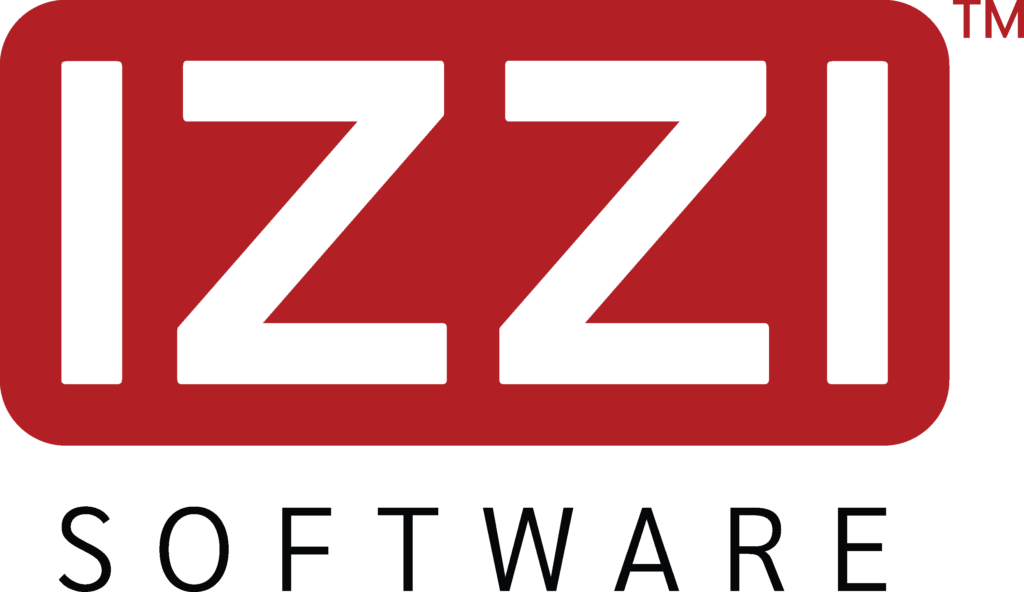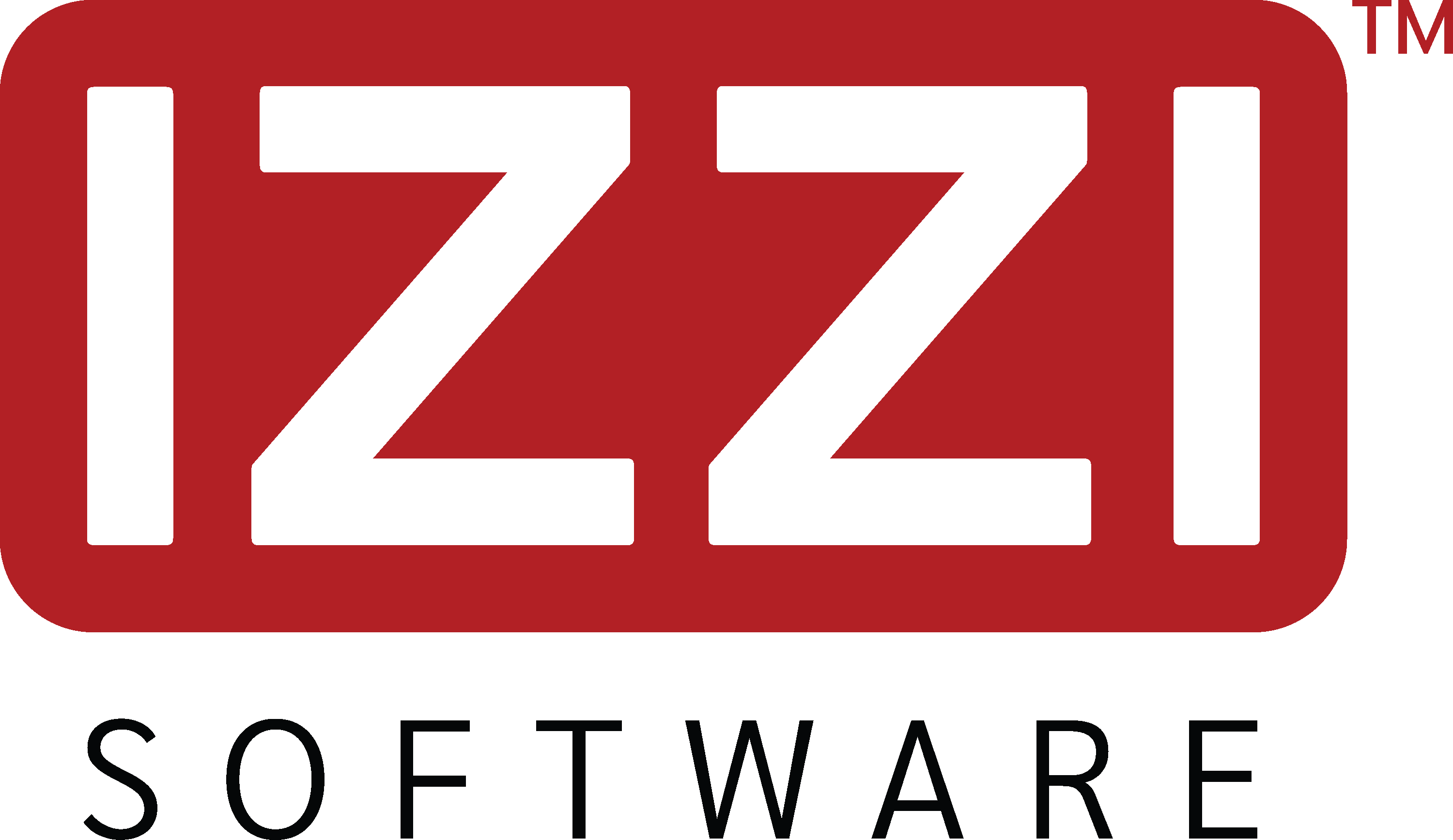In the mainframe community, legacy means something different than it does elsewhere in tech. Here, longevity is a badge of honor, and stability isn’t a buzzword—it’s a requirement. So it’s no surprise that the wave of acquisitions over the past decade—where larger companies like BMC, CA (now part of Broadcom), Rocket Software, and most recently Izzi Software have absorbed smaller mainframe-focused vendors—has prompted concern among some of the old guard.
But let’s call this trend what it really is: a necessary and positive evolution for a platform and community built on reliability and long-term thinking.
The Fear: Loss of Independence and Innovation
When a beloved small shop like ColeSoft—maker of the indispensable z/XDC debugger—is acquired, as it was recently by Izzi Software, it’s easy to view the move through a lens of loss. There’s a sense of nostalgia for the days when a few dedicated engineers could support a customer base directly, when relationships were personal, and updates came from someone you met at SHARE, not a faceless corporate entity. But as much as one might feel that independence and innovation are lost, but, it doesn’t reflect today’s reality.
Succession and Survival
Charles Mills, a longtime mainframer and former owner of Firesign Computer Company, put it best when asked about the acquisition of ColeSoft by Izzi:
“If you are a user of z/XDC, you should be applauding this. Not to be morbid here, but Dave [Cole] isn’t going to be around and coding forever. Hopefully this move provides some continuity for the users. Even if the cost of maintenance goes up, at least you have a choice… If Dave decided to call it a day and ColeSoft simply evaporated then you would not even have a choice.”
Many of the small companies that built the bedrock of today’s mainframe tooling were founded in the ’80s and ’90s by brilliant, passionate individuals. They bootstrapped their way to relevance, often working long hours, forgoing retirement savings, and living in a constant state of risk management—technical, financial, and personal.
Without acquisitions, many of these products would vanish when their founders retire. There would be no one to fix a bug, issue a patch, or answer a support ticket. For enterprise customers relying on those tools, that’s not only sad—it’s dangerous.
The Opportunity: Continuity and Customer Choice
When larger, stable firms acquire niche players, they’re not killing innovation—they’re preserving it because they offer:
- Continuity: A staffed support team, a roadmap, and business stability.
- Investment: Resources to modernize the product or expand its capabilities.
- Access: The ability for large enterprises (especially risk-averse ones) to continue using the tools they trust, but with the reassurance that they’re backed by a larger organization.
As Mills points out, even if prices increase, customers are better off having the option to pay more than to be left without support entirely. It’s not just about pricing—it’s about professional-grade stewardship of mission-critical software.
The Big Picture: A Healthy Ecosystem
The mainframe isn’t going away, but it is evolving. In order for these systems to thrive, they need a vibrant, supported ecosystem of software, tooling, and expertise. That can’t happen if the community clings only to the past and resists the natural transitions that every mature market experiences.
Yes, big companies acquiring small ones can be impersonal. But in this space, it’s often the only way the next generation of users gets access to the tools that got us here. The alternative? Watching those tools—and the institutional knowledge behind them—disappear.Change doesn’t always feel good in the moment, but sometimes it’s the only thing keeping the lights on. And in the world of mainframes, where uptime is sacred, continuity might just be the most important product of all.


